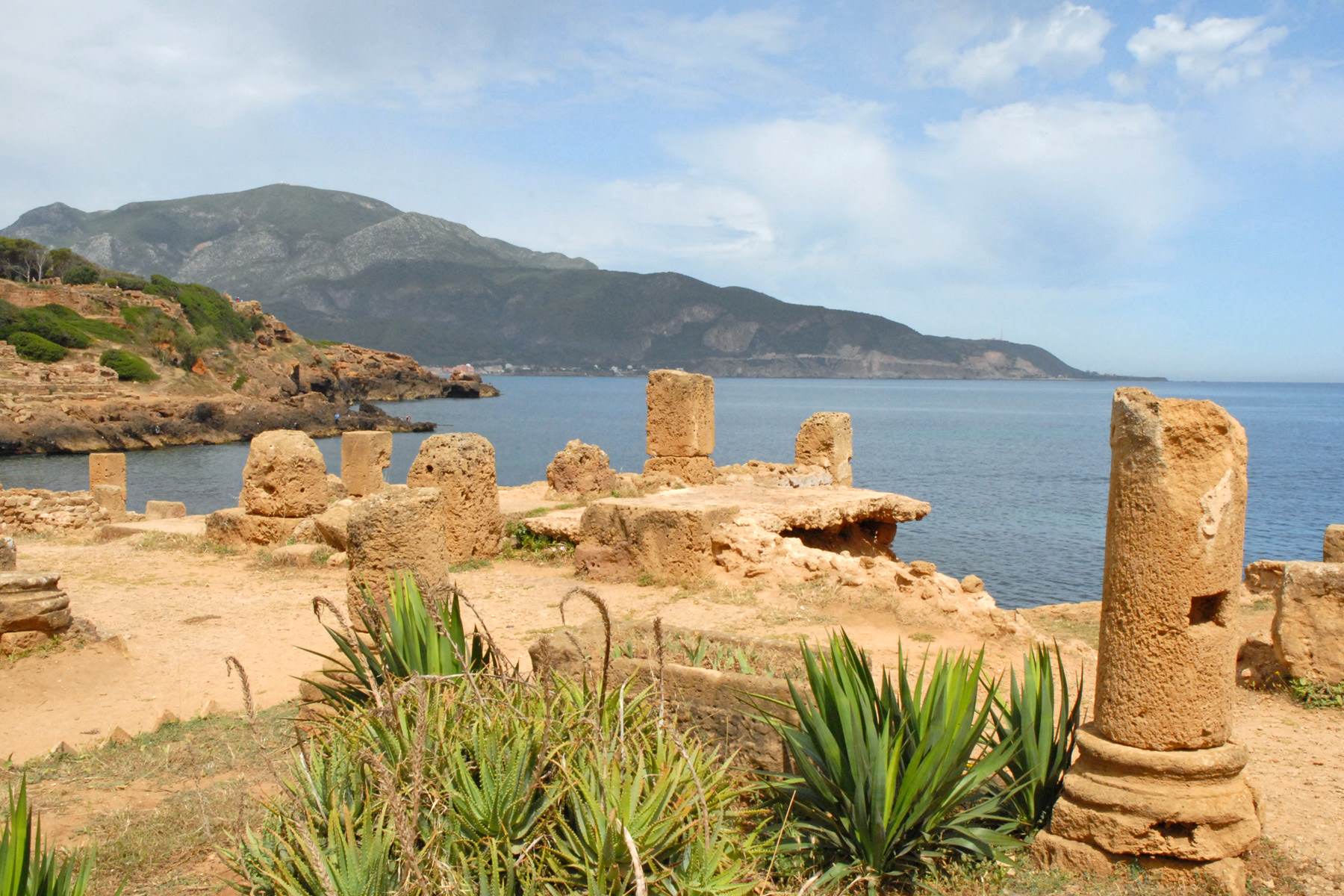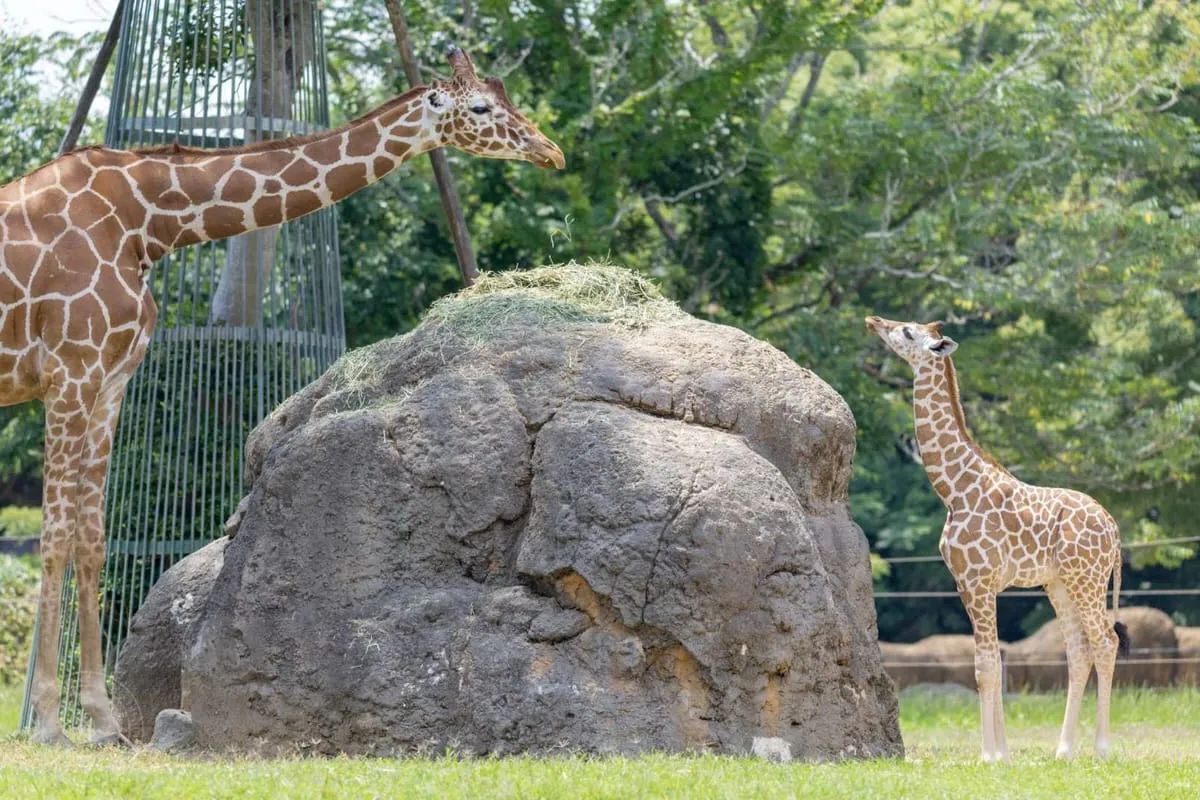
Ain Hanech is a site of great historical significance located in Algeria. Why is Ain Hanech important? This ancient site holds some of the earliest evidence of human tool-making, dating back nearly 1.8 million years. Ain Hanech provides crucial insights into early human life and their technological advancements. Archaeologists have unearthed numerous stone tools, indicating that early humans in this region had developed sophisticated methods for crafting and using tools. The discoveries at Ain Hanech have helped scientists understand the spread of early human populations across Africa and their adaptation to different environments. This site continues to be a focal point for research, shedding light on our distant ancestors and their way of life.
Ain Hanech: A Glimpse into Prehistoric Times
Ain Hanech is a significant archaeological site located in Algeria. It offers a window into the lives of early humans. Let's dive into some fascinating facts about this ancient site.
Location and Discovery
Ain Hanech's location and discovery have intrigued archaeologists and historians alike. Here are some key points about its geographical and historical context.
- Ain Hanech is situated in northeastern Algeria, near the town of El Eulma. This region is known for its rich archaeological heritage.
- The site was first discovered in 1947 by French archaeologist Camille Arambourg. His findings sparked interest in the prehistoric significance of the area.
- Ain Hanech is part of the larger El-Kherba archaeological complex, which includes several other important sites. These sites collectively provide a broader understanding of early human activity in the region.
Archaeological Significance
The artifacts and fossils found at Ain Hanech have provided invaluable insights into early human life. Here are some notable discoveries.
- Ain Hanech is one of the oldest known archaeological sites in North Africa, dating back to approximately 1.8 million years ago.
- The site has yielded numerous stone tools, including hand axes and cleavers. These tools are characteristic of the Oldowan and Acheulean industries.
- Fossilized animal bones have also been found, suggesting that early humans at Ain Hanech engaged in hunting and scavenging activities.
- The presence of cut marks on bones indicates butchering practices, providing evidence of early human dietary habits.
Technological Advances
The tools and techniques used by early humans at Ain Hanech reflect significant technological advances. Let's explore some of these innovations.
- Oldowan tools found at Ain Hanech are among the earliest known stone tools, characterized by simple, unrefined shapes.
- Acheulean tools, which appeared later, are more advanced, featuring bifacial hand axes with symmetrical shapes.
- The transition from Oldowan to Acheulean technology marks a significant leap in cognitive and motor skills among early humans.
- The use of local raw materials for tool-making demonstrates early humans' ability to adapt to their environment.
Paleoenvironment
Understanding the paleoenvironment of Ain Hanech helps us reconstruct the habitat and climate conditions of early humans. Here are some key points.
- Ain Hanech was once a lush, riverine environment, providing ample resources for early human populations.
- The presence of diverse fauna, including large herbivores and carnivores, suggests a rich and varied ecosystem.
- Pollen analysis indicates that the region experienced climatic fluctuations, which would have influenced human adaptation and survival strategies.
- The site's proximity to water sources likely played a crucial role in its selection as a habitation site by early humans.
Cultural and Social Aspects
The artifacts and evidence from Ain Hanech also shed light on the cultural and social aspects of early human life. Here are some intriguing insights.
- The variety of tools suggests a division of labor, with different individuals specializing in specific tasks.
- Evidence of repeated occupation over time indicates that Ain Hanech was a significant settlement, possibly serving as a seasonal camp.
- The presence of both adult and juvenile remains suggests a family-based social structure, with groups likely consisting of multiple generations.
- The use of fire, although not definitively proven at Ain Hanech, is suggested by the presence of burnt bones, indicating possible cooking practices.
Ongoing Research
Research at Ain Hanech continues to evolve, with new discoveries and interpretations emerging. Here are some recent developments.
- Modern excavation techniques have led to the discovery of previously overlooked artifacts, providing a more comprehensive understanding of the site.
- Advanced dating methods have refined the timeline of human occupation, offering more precise estimates of the site's age.
- Interdisciplinary studies, involving geology, paleontology, and archaeology, have enriched our knowledge of Ain Hanech's significance.
- Collaborations between international researchers and local institutions have fostered a deeper appreciation of Algeria's prehistoric heritage.
- Public outreach and education initiatives aim to raise awareness about the importance of preserving and studying Ain Hanech for future generations.
Final Thoughts on Ain Hanech
Ain Hanech offers a fascinating glimpse into early human history. This archaeological site in Algeria holds artifacts dating back over 1.7 million years, making it one of the oldest known sites of human activity. The stone tools found here show the ingenuity and adaptability of our ancestors. These discoveries help us understand the evolution of human technology and culture. Ain Hanech also highlights the importance of preserving historical sites for future generations. By studying these ancient artifacts, researchers can piece together the story of human development. This site is a testament to the rich history that lies beneath our feet, waiting to be uncovered. Ain Hanech is not just a collection of old stones; it’s a window into the past, offering valuable lessons for the present and future.
Was this page helpful?
Our commitment to delivering trustworthy and engaging content is at the heart of what we do. Each fact on our site is contributed by real users like you, bringing a wealth of diverse insights and information. To ensure the highest standards of accuracy and reliability, our dedicated editors meticulously review each submission. This process guarantees that the facts we share are not only fascinating but also credible. Trust in our commitment to quality and authenticity as you explore and learn with us.


